What It's Like to Shoot in a New England Blizzard
Winter photography is no snow job, as writer Chris Thomas found out during Winter Storm Juno.
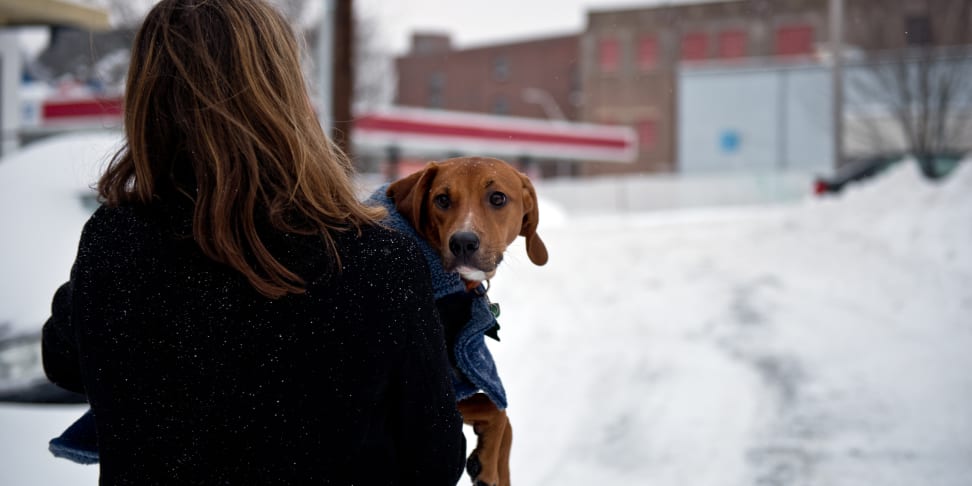 Credit:
Chris Thomas
Credit:
Chris Thomas
Products are chosen independently by our editors. Purchases made through our links may earn us a commission.
Winter storms in New England are brutally cold, powerfully windy, and often give rise to total whiteout conditions. For photographers, they also provide an intriguing (if often unpleasant) challenge.
Landscapes are almost impossible to shoot thanks to poor visibility, falling snow and low-contrast conditions can thwart autofocus, and the light is as flat as it'll ever get. But that doesn't mean you can't get a few fun shots out of these landmark weather events.
During the recent blizzard that hit the northeast, I struck out in the appropriately named Winter Hill area of Somerville, Massachusetts, making my way through thigh-deep snow to the Prospect Hill Monument. My goal: To get some interesting shots of the fort amid the gales.
While not the most trafficked park in the Boston area, it's historically significant because it's reported to be the site of the first American flag raised during the Revolutionary War. I shoot there often because it's close to the Reviewed.com offices, but I chose it this time because it was the only thing that stood a chance of standing out against the endless white.
Conditions were—to be perfectly blunt—absolutely dreadful. The snow was ultra-fine, meaning the wind carried sprays of stinging barbs every time it hit my face. At the storm's peak, 2-4 inches of the white stuff were falling every hour, making sidewalks and roads a nightmare to traverse. Twenty-four inches of snow is one heck of an obstacle, no matter how fluffy.

If you're shooting in the middle of a snowstorm and you want usable shots, you're going to have to spend some time working at it. That means you need to be prepared. If you've ever gone snowboarding, you know the drill: a vented shell, multiple layers, something to cover your face, a hat, gloves, and maybe even goggles.
You also don't want to be swapping lenses when gusting wind and tiny ice particles are whipping into your face at up to 70 miles per hour. I opted for a 24–70mm f/2.8 zoom and headed out the door.
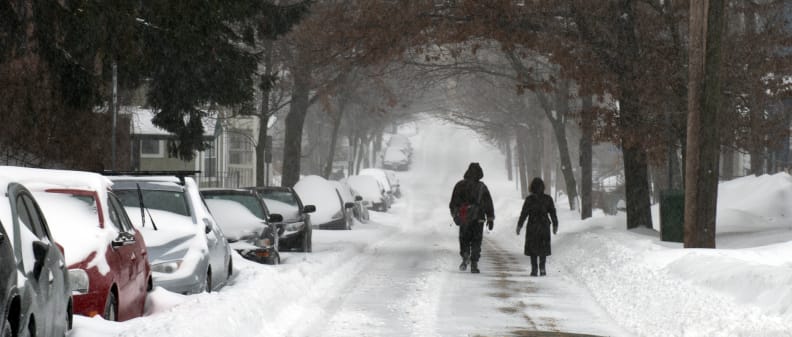
It's no small challenge to get keepers in this type of weather. Pros might prefer using a viewfinder, but light, fluffy snow is a lot like fine desert sand: it gets everywhere. Your viewfinder gets caked in snow and autofocus takes forever to find a lock. Really, your best bet for getting the shot is to flip your lens into manual and use focus peaking to get the job done.
On my way up the hill to the monument, I hit all the usual snags: impassable sidewalks, insane wind chill, and punishing gusts. Visibility was poor, and the storm's name had me chuckling, even as I cursed under my breath. Kevin Sorbo I'm not, but the Hercules theme song definitely crept into my brain a few times. After making it to the monument, the last obstacle I had to hurdle was a collection of stairs encased in ice. Easy peasy with two feet of snow on top.
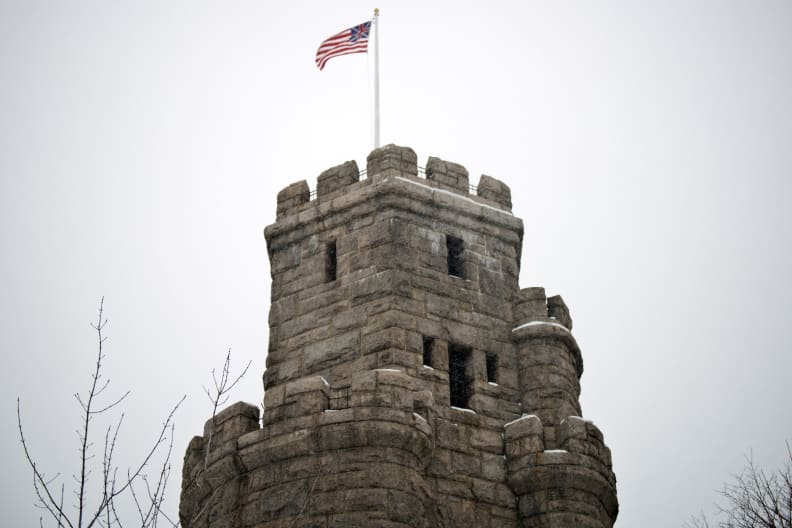
The upside of inclement weather is a lack of tourists in your shots.
I mentioned visibility was poor, but that doesn't really cover it. The Prospect Hill Monument is one of my favorite views of the Boston skyline because you can see the Prudential Center and the Hancock Tower on a clear day. This is how it looked last Tuesday:

The stunning Boston skyline—or at least, where it should be. The farther away your subject is, the less you'll be able to see it while the snow is still coming down.
If you're shooting in a blizzard, you'll quickly find that your shots simply refuse to turn out the way you want. I got lucky in that the unusually cold temperatures made the snow flakes tiny and light—essentially invisible in the air except at a distance. Bigger flakes would have spelled certain doom for sharpness; as it was, most of mine didn't turn out that great either.
Still, I'll say this: Portraits are great in the snow. Whether it's due to the snow reflecting light in every direction, or if it's merely the cold bringing out rosy cheeks in an idyllic setting, snowfall is fantastic for people and pet shots.
RELATED: Photography Tips for Skiers and Snowboarders
Overall, I spent about three hours in the elements, shooting monuments, snowfall, and people. In the end, I wish I had focused more on the people.
Though shots like this would have been much more fun to take, it can be an enjoyable challenge to shoot where few else dare to go. Maybe next time I can venture to more familiar territory in the woods of New Hampshire, where I can head out on skis to find a more interesting shot.
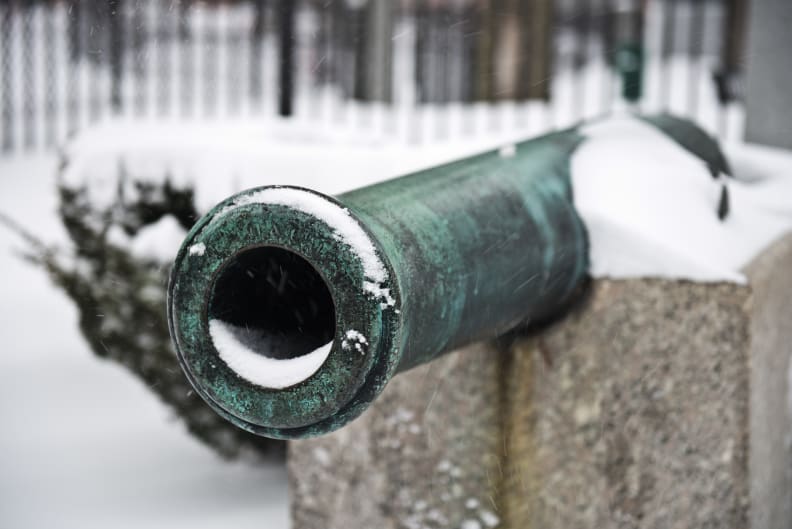
Even a little bit of color is welcome.

This poor guy was frozen stiff.

Be prepared for a lot of these shots.

A little bump in saturation can make colors stand out a little more.

The blue sky is a distant memory during a blizzard.
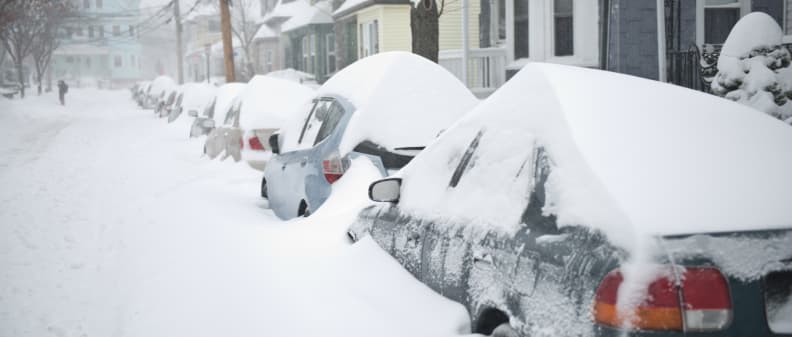
It's hard to manage your vanishing point when visibility is so tough.
